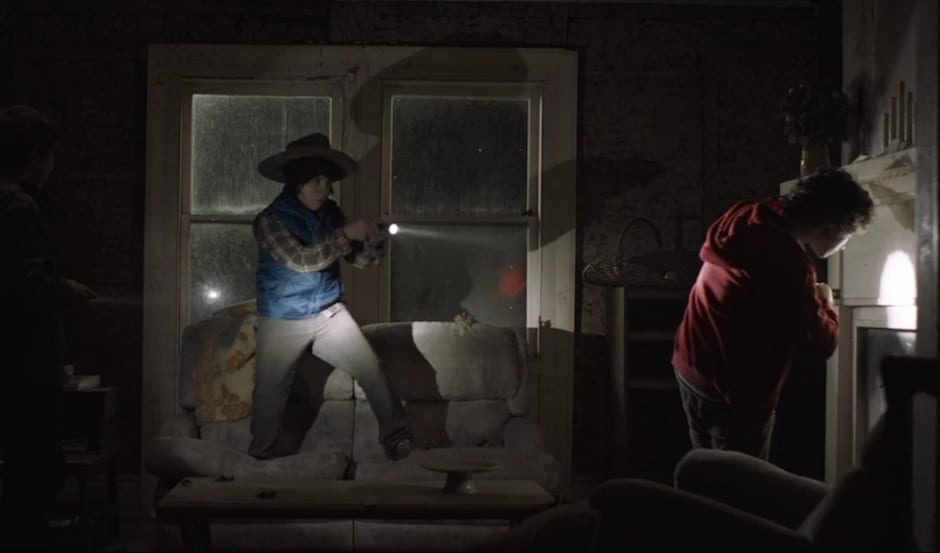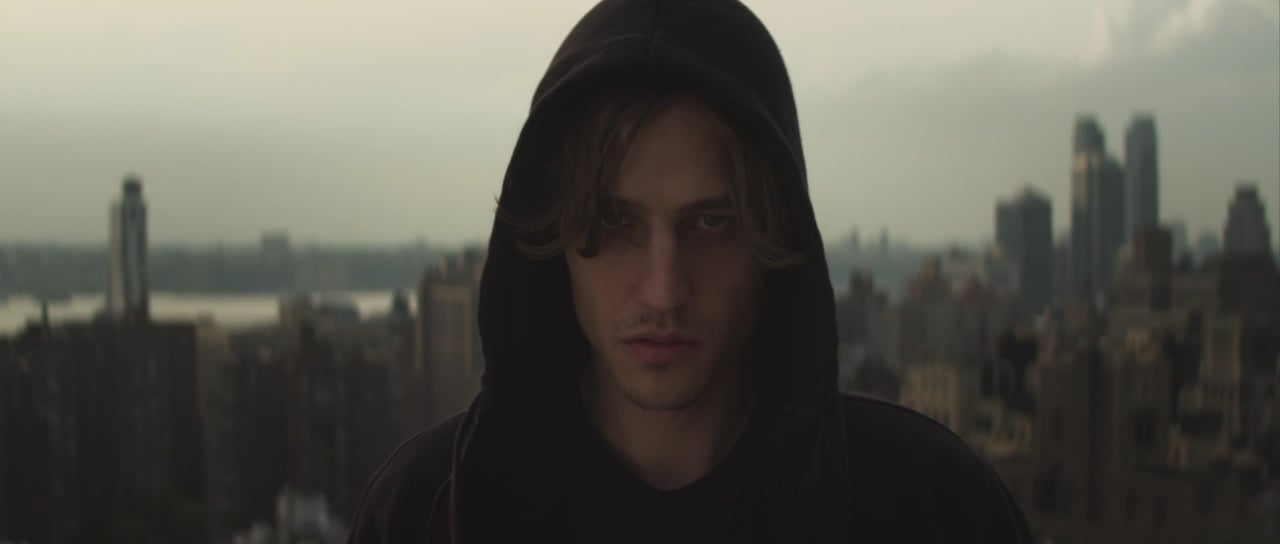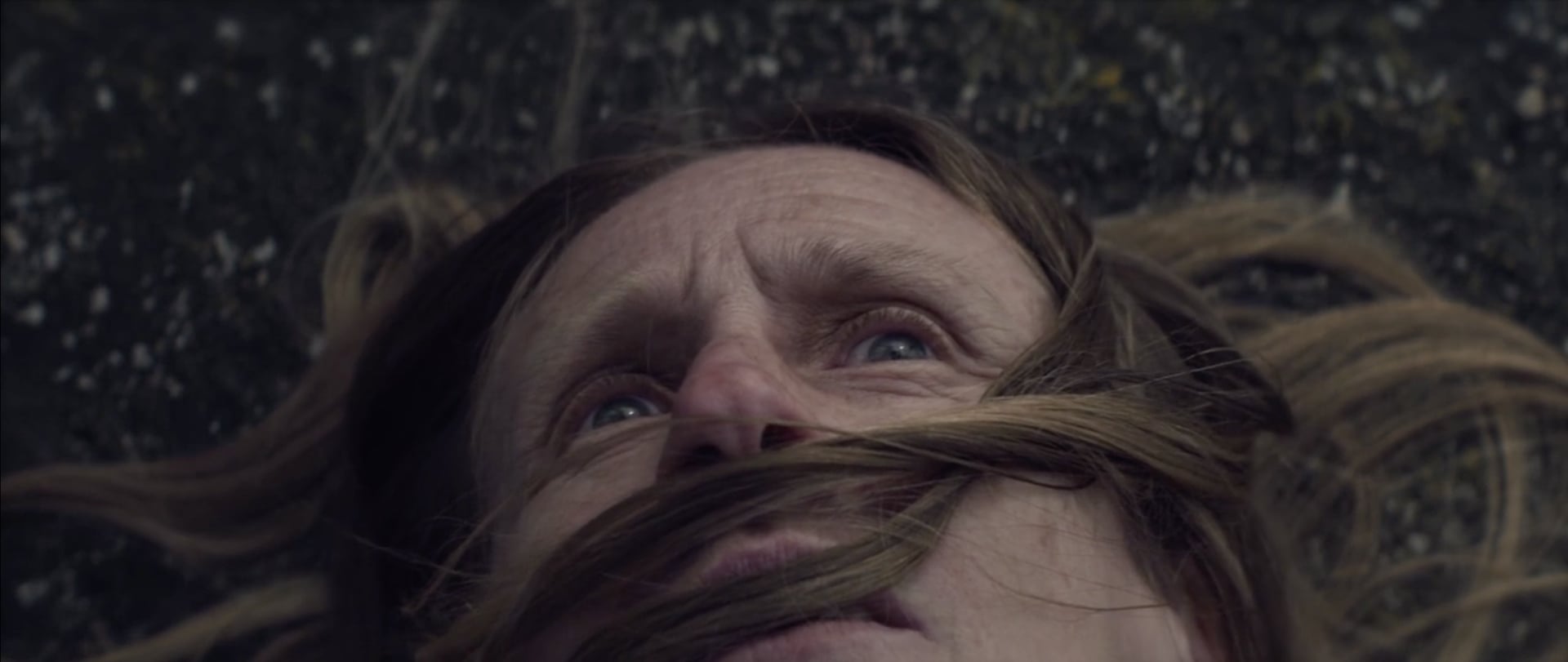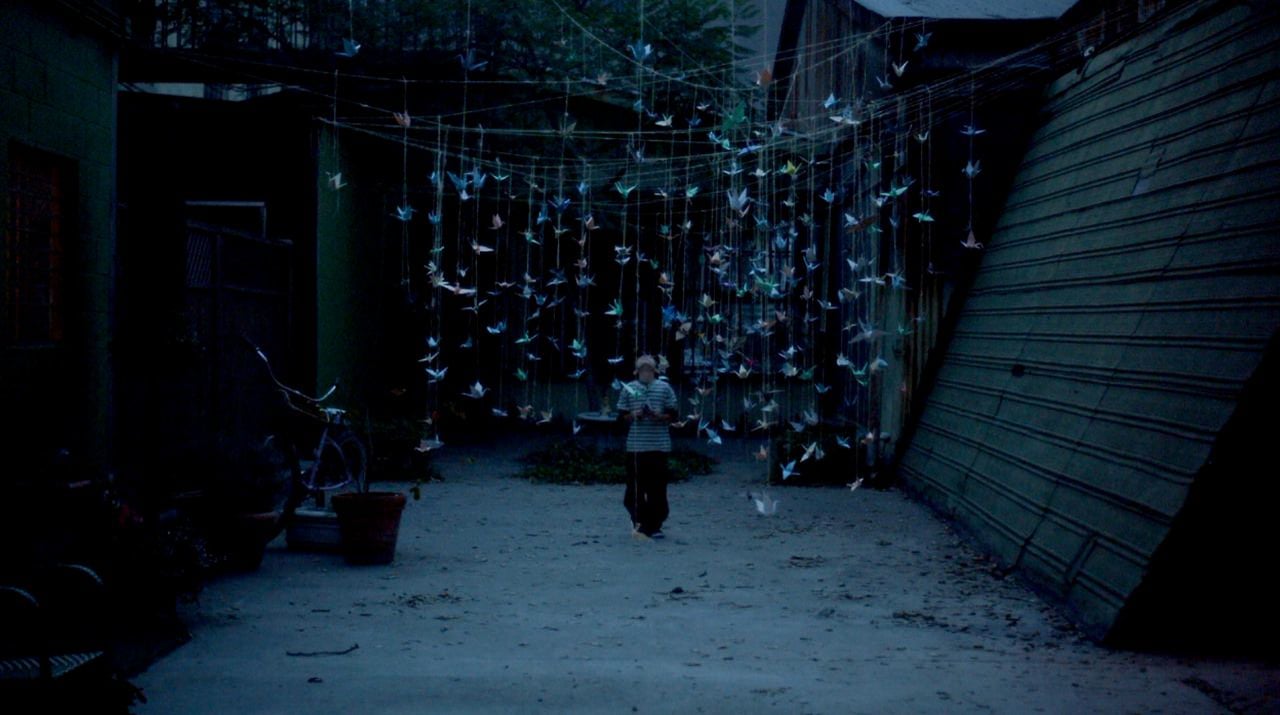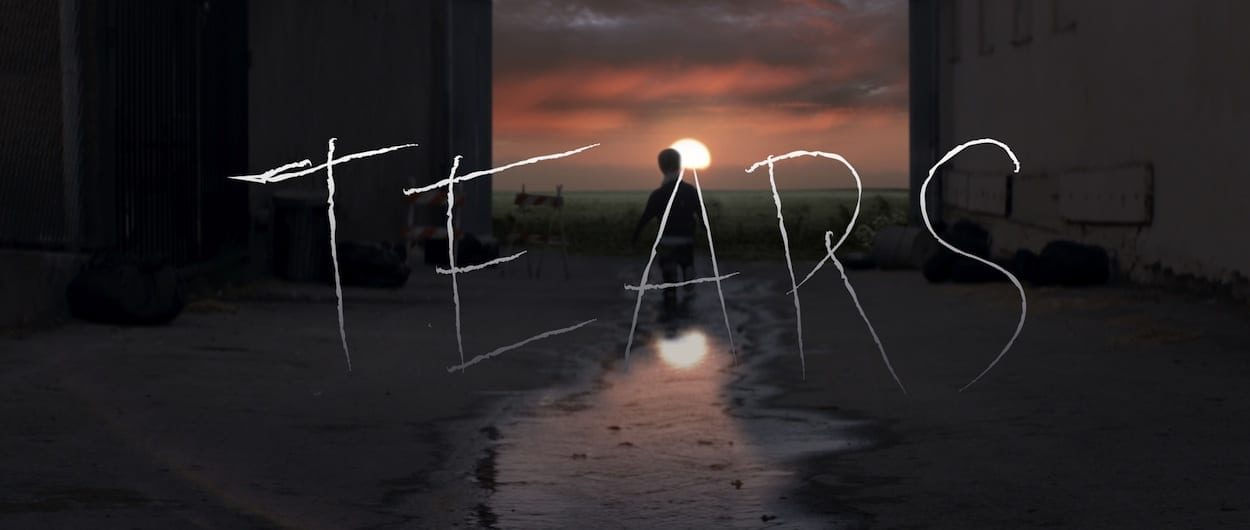Karen O’s haunting cover of Willie Nelson’s Mama Don’t Let Your Babies Grow Up To Be Cowboys marries perfectly with the visuals and final message. What came first – the commission from the Chipotle Cultivate Foundation or wanting to make a video to Karen O’s track?
Karen’s involvement came halfway through production. The original brief proposed an experimental film with no real narrative. I worked together with the agency (CAA Marketing) to develop the story with kids exploring a farm. When Karen came onboard, it breathed great energy into the project and I’m very grateful for how the various elements aligned.
By Some Miracle is a hauntingly chilling interpretation of the lyrics, beautifully told like all your videos. How did the idea come about?
The first visual I remember was that of a rope unraveling. The rest of the story evolved from there. It was my first video done through a major record label, and also the easiest in post. The artist had only a single note (pertaining to the last shot).
Do you collaborate with all the bands you work with on scripts or do you present them with your own treatment in response to a brief?
It’s different with each project – and I really can’t say which I prefer. It depends on what the artist brings to the table. Sometimes it’s a repurposed version of their idea, other times it’s completely my own. I got a chance to speak with the members of Cults during a show at SXSW in 2010. That pointed me in the right direction, and that direction was full of creepy crawlers [see Abducted].
Landscapes play an important part in your videos – wild, empty stunning vistas or pared back urban scenes. How do you find these extraordinary locations?
Whenever I explore new places, which is as frequently as possible, I’m always imagining it through a lens. A location/landscape can say so much about a story and the characters within. I’m grateful for every magical location that has leant me its view.
Is there something in your background, perhaps where you’re from, that connects you to uncluttered environments and nature? Love the way how nothing gets in the road of the story, each frame is measured and important.
I am from rural New England – but in my adult years I’ve exclusively lived in cities. Both provide brilliant palettes to pull from; one lacking human presence, the other over flowing with it.
Do you storyboard each frame or is it more of a shoot list? Any room for incorporating the unexpected?
I always write a loose shot list knowing full well I may axe or add during the shoot. I rarely storyboard, though I do find it very helpful when working with visual effects.
You seem to have mastered the art of suspense even after repeat viewings. What was the key lesson you learnt for being able to create this tension?
Well thanks. I believe it’s all about the first 30 seconds. Within them you must insist the viewer finish the rest of the piece.
What is your favourite time of day for shooting?
I say with little shame: dusk. A setting sun demands you plan for the unknown.
What do you usually shoot on? Any favourite lens?
So far, most of my projects have been shot on RED with anamorphic lenses. The Chipotle piece was Alexa – a great camera. If I had to live on one lens it would be the 32mm Standard Speed Zeiss.
What piece of work are you most proud of and why?
Hammock’s Breathturn. There was a moment on set in which three crew members were chasing the young actor around with a wind machine through hundreds of hanging paper cranes. He was laughing uncontrollably as he evaded them. At one point I stopped to look at the rest of the crew and every single person was smiling. When you watch the piece, you feel the boy’s genuine happiness.
How important was film school to you? And what did you specialize in?
A good majority of my key crew, including DP, all went to the same college. It’s where I built my network of peers and that alone was worth the time spent. When I was younger I would film constantly. I must admit it was all terribly melodramatic. You gotta get it out, though.
What did you want to become when you were a wee boy?
I thought maybe I would become an actor. I’ve since changed my stance.
What is the wisest thing anyone has taught you about film making?
Vulnerability will be rewarded.
Now that you’ve mastered the art of the three-minute short form, do you have any desires to create something longer or even much shorter – like a commercial?
The goal has always been feature-length films. Commercials are on the horizon, but I expect to be whisked away by a beautiful story before too long.
